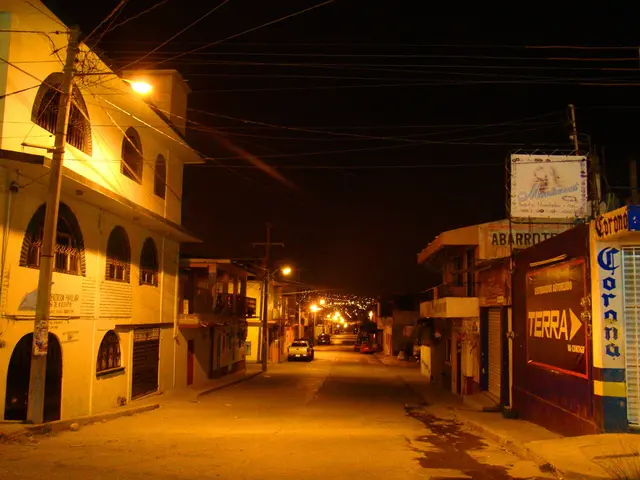US Solar Industry Faces Cost Hikes, Proposes Grid Ready Home Act Solution
The solar industry in the US is facing challenges, with rooftop installations potentially becoming 40% more expensive than grid power due to net metering changes and tax credit phase-outs. Permitting delays and high soft costs are further driving up prices, making solar less accessible than in countries like Australia.
The Solar Energy Industries Association (SEIA) and Smart Inverter Initiative (SI2) have proposed a solution: the Grid Ready Home Act. This legislation aims to streamline grid interconnection and permitting processes for solar projects, reducing soft costs which currently make up over half of residential solar project costs.
The Grid Ready Home Act seeks to achieve this by standardizing approval processes and mandating smart inverter functionality. This could significantly lower project costs, with estimates suggesting permitting delays alone can add between $3,800 to $7,000 in some states. However, the specific states that have introduced this act as a legislative proposal remain unclear.
As the US residential solar industry grapples with challenges including bankruptcies and lowered demand, the Grid Ready Home Act offers a potential path to reduce costs and increase accessibility. By learning from Australia's cheaper and more accessible solar market, the US could make significant strides in rooftop solar adoption.
Read also:
- Electric-powered vessels take to the waters of Maine
- Plant-Based Dog Foods Significantly Reduce Environmental Impact
- Elon Musk accused by Sam Altman of exploiting X for personal gain
- Comparing the value of top electric scooters: Kinetic DX versus Bajaj Chetak versus TVS iQube - Which one offers the best bang for the buck?








